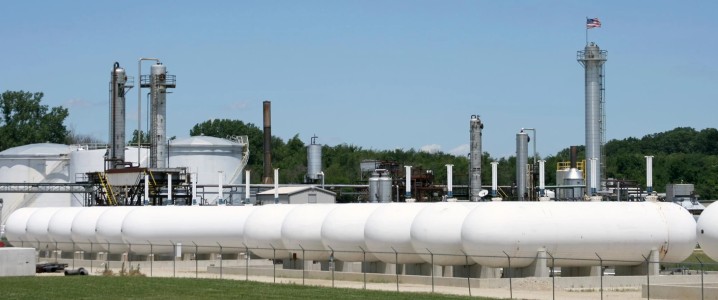China has increased its underground gas storage capacity by the most of any country since 2022, the International Gas Union (IGU) said in a new report on Monday.
As of 2025, there are 699 underground natural gas storage facilities in operation worldwide, with a total working gas volume of 424 billion cubic metres (bcm), the IGU report found. That’s an increase of 10 bcm compared to 2022.
“Of note is the fact that China added 6 bcm to its storage capacity, now ranking 6th globally,” the IGU said.
The top five countries with the largest available gas storage capacity are the United States, Russia, Ukraine, Canada, and Germany.
China has now moved up to sixth, thanks to the jump in its available gas storage capacity in recent years.
Unlike the surge in China, underground gas storage (UGS) in developed markets “appears to be stagnating or experiencing only modest growth,” the IGU report said.
But China, the world’s second-largest economy and major gas consumer, continues to expand underground gas storage. Additional capacity could help the country reduce its exposure to the volatile spot LNG market as higher storage capacity could diminish the need for LNG cargo imports.
For example, PetroChina earlier this year agreed to buy three natural gas storage facilities from its state-owned parent CNPC.
By snapping up CNPC’s Xinjiang, Xiangguosi, and Liaohe gas storage sites, PetroChina bulked up capacity and tightened control of the full gas chain at a moment when Beijing is leaning hard into the fuel as both a security hedge and a lower-emission bridge. Natural gas use has been stable even as EVs chew away at road fuel sales, and CNPC expects demand to accelerate through the second half of the decade.
Last month, China said its first underground salt cavern gas storage facility became operational after a major expansion. This is significantly boosting China’s ability to manage peak demand and ensure energy security, state media reported.
By Charles Kennedy for Oilprice.com
More Top Reads From Oilprice.com

